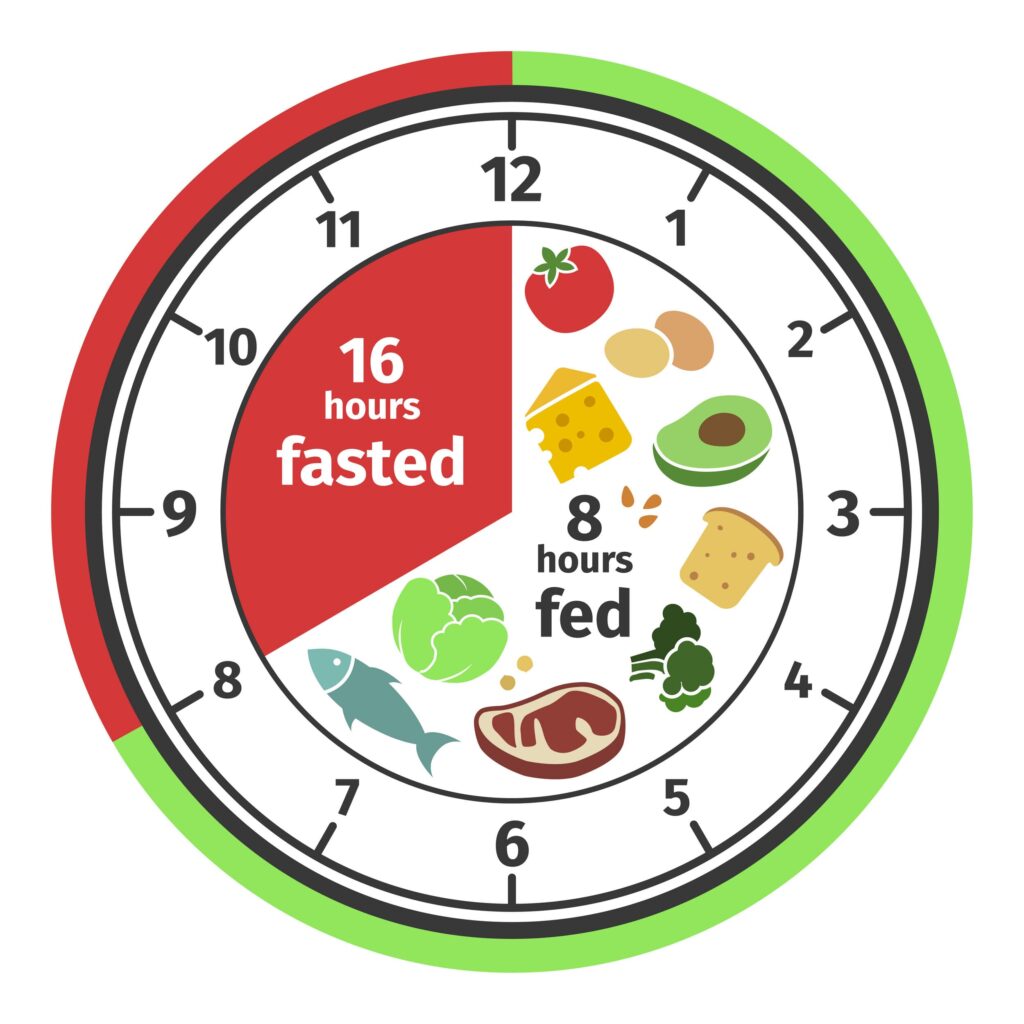
If you think intermittent fasting peaked in 2020 and died out with sourdough starters and dalgona coffee, you’re dead wrong. The fasting game didn’t fade—it mutated.
In 2025, it’s no longer about skipping breakfast to “burn fat.” It’s biohacked, commercialized, algorithm-approved, and—like everything else in this era—slightly terrifying if you actually pay attention.
Let’s get this straight: what used to be a simple “eat in this window, fast in that one” rhythm has morphed into a full-blown identity marker. People don’t just do intermittent fasting anymore—they live it, track it, brag about it, and yes, buy merch for it.
And we’re not just talking about Silicon Valley dudes sipping buttered coffee in Himalayan salt-lit offices. Moms in Jakarta, crypto bros in Berlin, pilates girls in Seoul—they’re all syncing their mealtimes with circadian rhythms like their lives depend on it. Because according to the latest wave of biohacking junkies and wellness prophets? It just might.
Fasting Windows Are Now a Flex
The 16:8 window? That’s baby food now. In 2025, the new social status signal is how long you can go without food while still deadlifting your body weight and sending witty Slack replies.
We’ve entered the age of extreme fasting, where 20:4 is mainstream, 22:2 is noble, and OMAD (one meal a day) is practically the new brunch.
Apps are gamifying it. Leaderboards show who fasted longest. Your Apple Watch congratulates you for hitting hour 18 like you just ran a half marathon. This isn’t health anymore—it’s Hunger Games: Health Edition.
And yet people swear they feel sharper, sleep deeper, think clearer. Not everyone’s faking it. There is science stacking up behind the metabolic benefits, but the culture? That’s another beast entirely.
Big Tech Smells the Money
Here’s where it gets dystopian. Fasting is no longer just about not eating—it’s about how you’re not eating. Enter AI meal timers, glucose monitors you wear like jewelry, and supplements that “simulate a fasted state” so you can technically be fasting even when you’re not. Welcome to fasting without the suffering. Or, at least, that’s the sales pitch.
Companies are bottling autophagy and slapping wellness buzzwords on it like “cellular spring cleaning” or “youth in a capsule.”
And people are buying it. Monthly subscriptions. Personalized fasting plans. Celebrity-endorsed “fast-safe” drinks. You can now pay $89/month to have an app tell you not to eat and praise you for it.
Because nothing screams modern health like monetizing restraint.
Fasting Meets Female Hormones—and Things Get Tricky
One of the big pivots in 2025? People finally started talking about how intermittent fasting hits women differently. And not just in a vague, “listen to your body” kinda way.
Studies are showing that female hormonal cycles don’t always play well with extended fasting—especially if you’re not tweaking the window based on where you are in your cycle.
But guess what? That didn’t stop the trend. It just splintered it. Now there’s a whole subculture of cycle-syncing fasters, and it’s not just fringe anymore.
It’s being coded into health wearables, discussed on glossy podcast panels, and fed into AI health assistants. The message? Fast like a woman, not like a monk.
Or as one TikTok comment thread said it best:
“If your fasting plan doesn’t know when your period’s coming, throw the whole plan away.”
The Shadow Side No One Likes to Admit
Fasting, especially when turned into a competitive sport, walks a very thin line. Behind every glossy IG story of someone glowing on hour 23, there’s often a half-eaten protein bar and a nervous breakdown just out of frame.
Disordered eating wrapped in wellness language is still disordered eating. And in 2025, that line’s blurrier than ever.
The apps encourage longer fasts. The coaches push through hunger cues. And some folks are so deep in the rabbit hole they forget what hunger even feels like unless an app tells them it’s okay to eat.
The body keeps the score—but first, it keeps the receipts.
Where It’s Headed: Longevity, Identity, and a Whole Lotta Merch
The future of intermittent fasting isn’t about weight loss anymore. It’s about aging. Or rather, not aging. Longevity labs are swearing that time-restricted eating is the fountain of youth—right alongside cryotherapy and gene therapy. The idea isn’t just to be thin. It’s to be sharp, ageless, optimized.
And that’s the scariest part: fasting has become less about food and more about control. Control over time, body, biology. Control over chaos. A middle finger to the disorder of the world, with a neat little meal window you can call your own.
As they say in the wellness scene, “Don’t feed the beast.”
But maybe… just maybe… we’ve become the beast.










Interesting take on fasting as a status symbol—especially the part about gamification. Makes you wonder if we’re optimizing health or just chasing the next digital badge.
I appreciate how you highlighted the cultural shift in IF—it’s no longer just about health but social identity. The comparison to social flexing really hit home, especially with fasting apps turning it into a leaderboard activity.